Before I go on about today’s tea…. here’s the one from two days ago
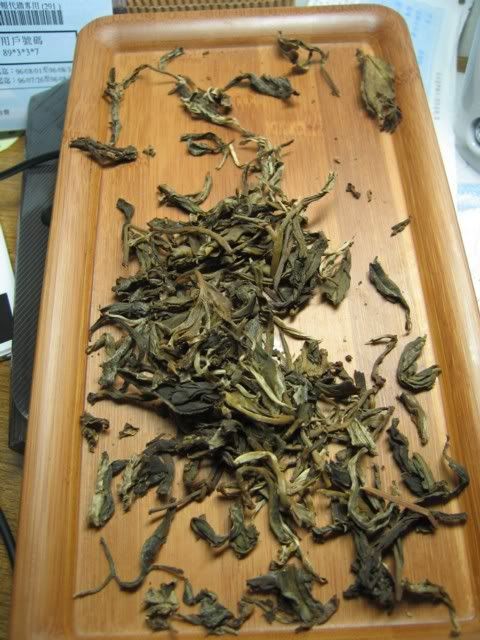
Recognize these leaves?
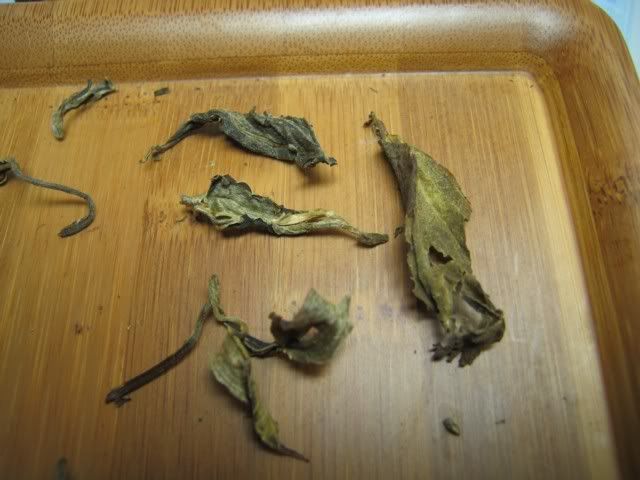
Probably not, but they’re the same leaves (minutes the yellow leaf on the right) as the ones I posted two days ago for the mystery cake. I often keep the wet leaves around for a day or two and let them dry to see what they look like when dried — this way I can relate back to how they looked originally (or at least closer to it) and thus be better able to gauge the leaves when I first see them. All the leaves are quite hairy. That’s not always true for puerh, and sometimes there’s very little hair. Re-drying also leaves an interesting aroma — almost vanilla like. Try it sometime.
Just don’t sell it as new leaves :p
Anyway, today I drank a sample I got from Fuxing, the shop I visited on Sunday. The owner gave me a bit of an aged oolong to try, because when I was leaving I told her that I am looking for that stuff. This tea is quite cheap, which is always a plus. It also looks aged — especially since it is a non-ball rolled tea, indicating that it’s been around for some time now. She warned me that this particular sample is a bit sour, because she just left it out and it got damp. Ok, forewarned.
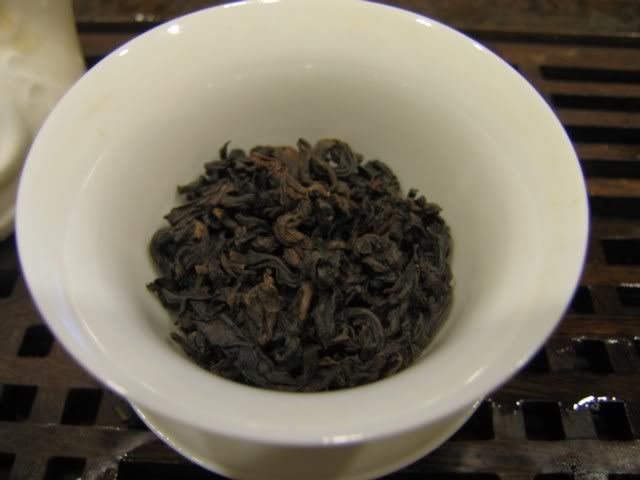
Looks and smells legitimately aged
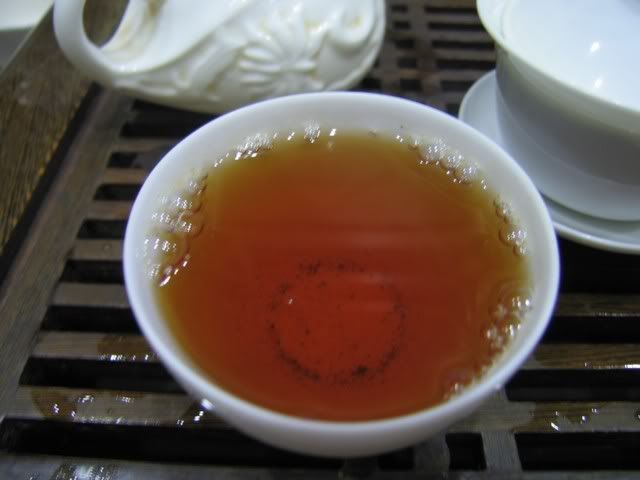
I think I’ve mentioned before that in Cantonese we call the taste of aged oolongs “chen”, which literally just means “aged”, “old”. “Chenpi”, dried tangerine peels, literally means “old skin”, and has a slightly similar taste to teas like this. Some people will age their oolong with some old chenpi thrown into the jar and sealed together. When you pull them out, they will taste like chenpi and is supposed to be somewhat medicinal in properties.
This tea has a lot of that kind of flavour. I actually only detected a hint of sourness. I think the sourness is light, and is only noticeable when infusions are long. Since I used the whole sample in my small gaiwan, a short infusion was enough and it avoided any serious sourness — in the silghtly longer steepings I could taste it, but then it went away very late in the tea. I like stuff like this. In fact, I might even like this stuff more than aged puerh sometimes. They’re just very pleasant and easy to drink, no thoughts required, little worry about fake tea (it will be obvious), and not much concern about poor storage (it shows in the taste). They’re also way cheaper. I wonder why I bother with puerh sometimes.
The wet leaves seem to tell me it wasn’t very heavily roasted at all. I like this tea, and better if the rest of it is packed well and not sour (which she seemed to indicate it’s not)
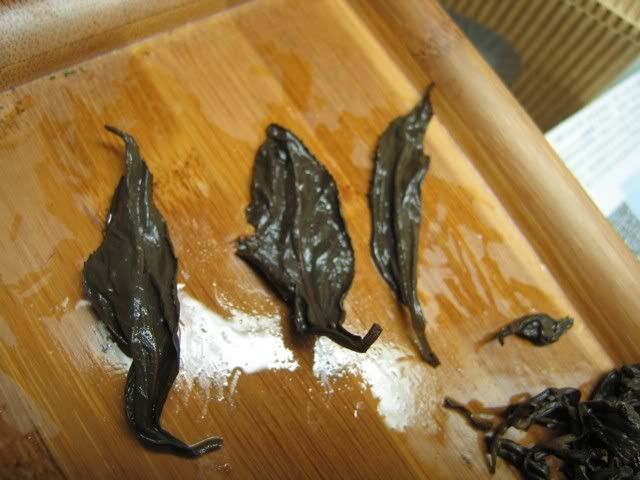

I should go buy the rest. I think they have a kilo left.

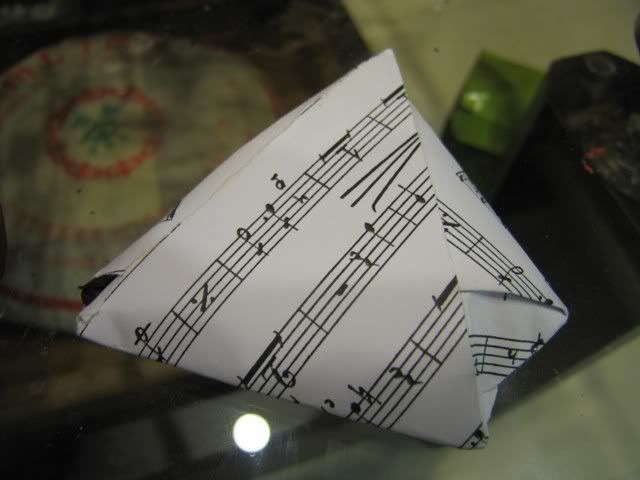
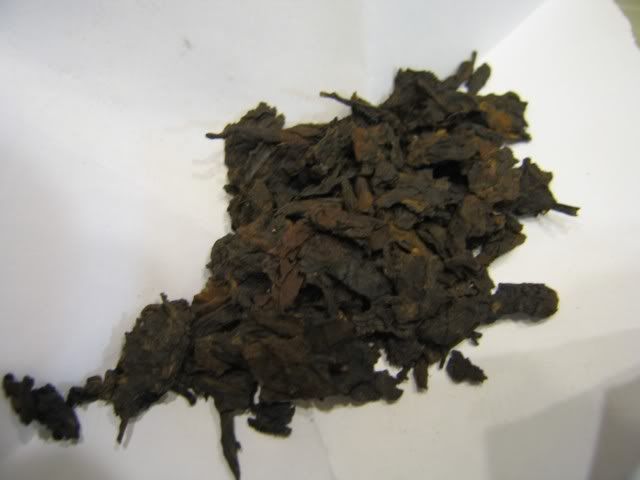
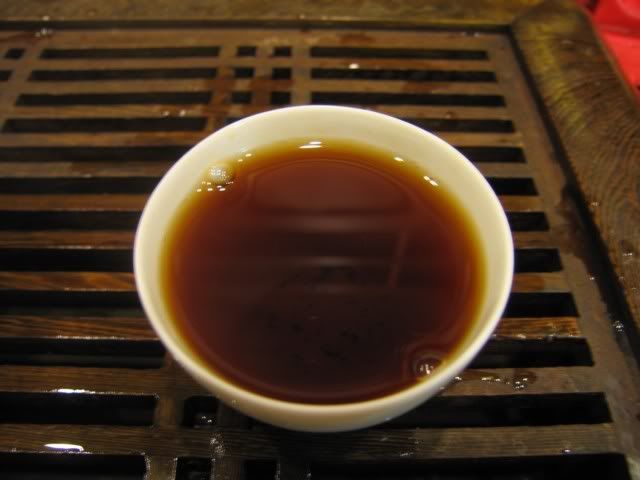
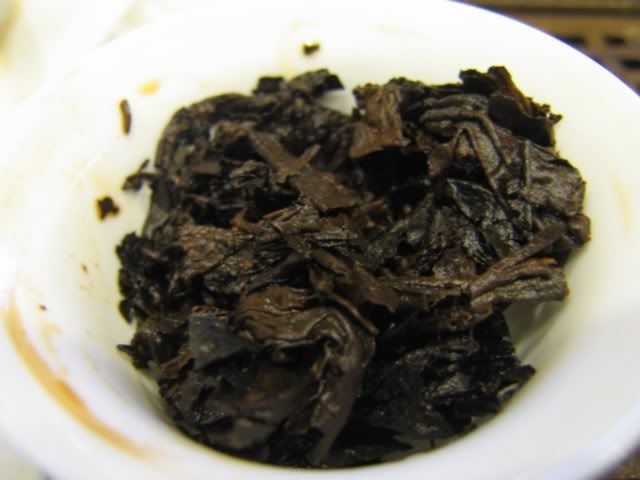


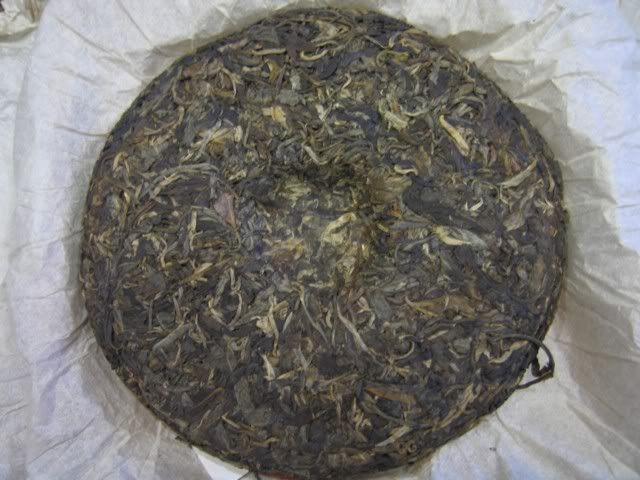






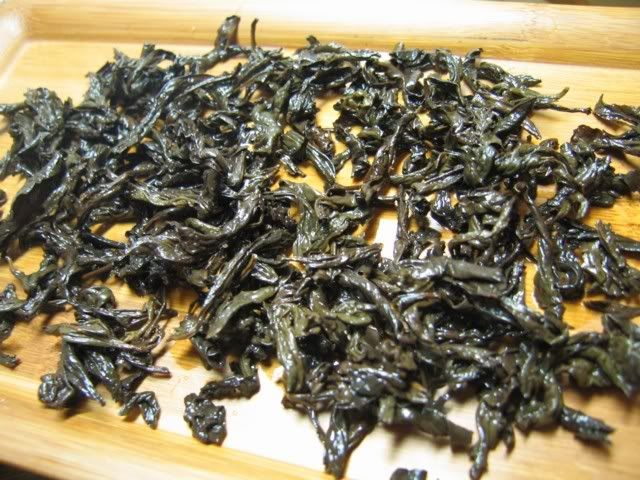

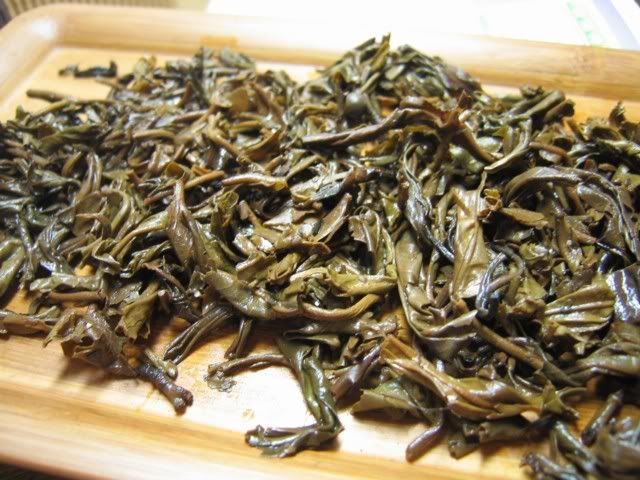

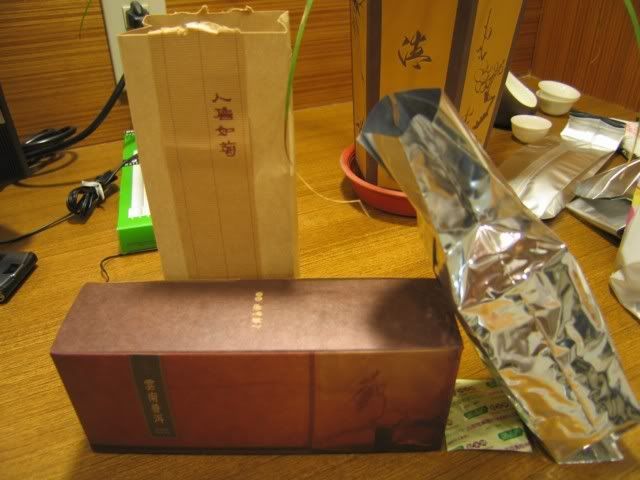

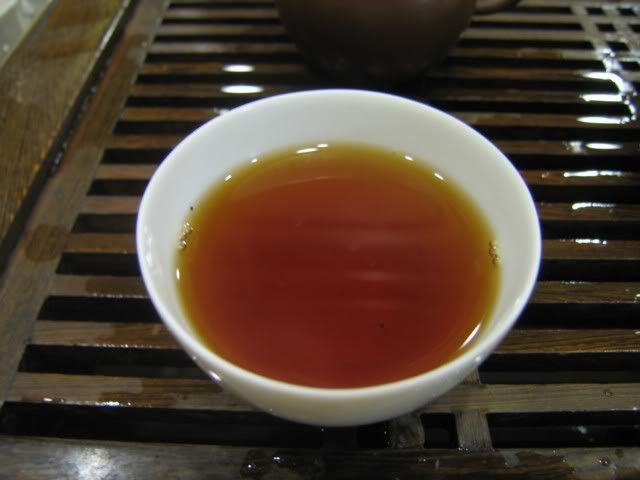
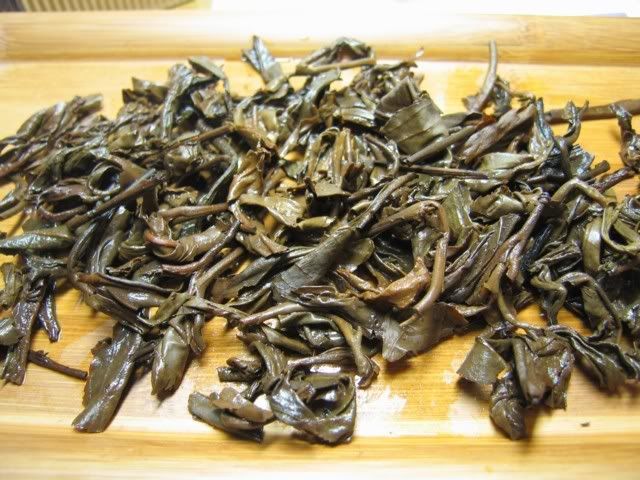
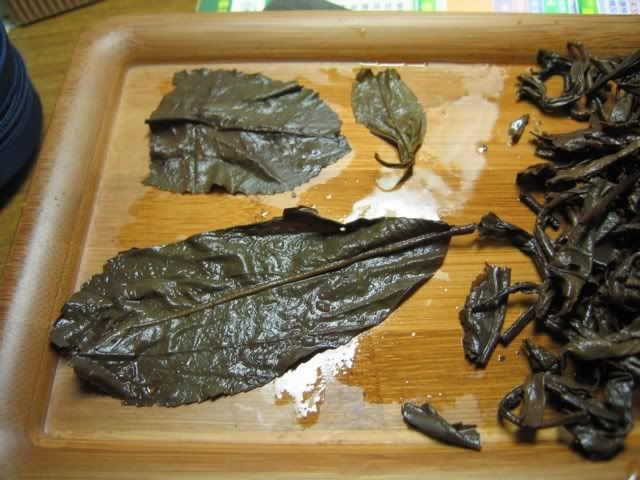
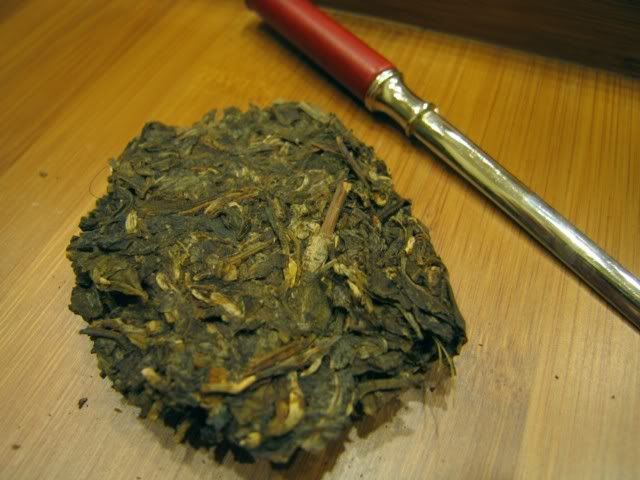
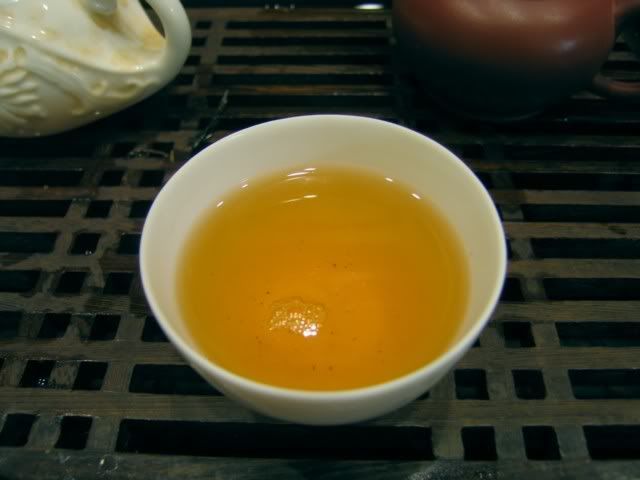
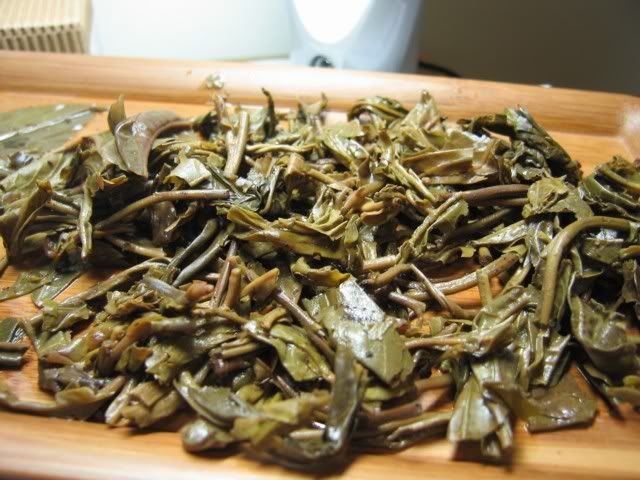
 RSS - Posts
RSS - Posts
I took you at your suggestion and have been reading some of your old post-Covid posts. I haven’t been to…